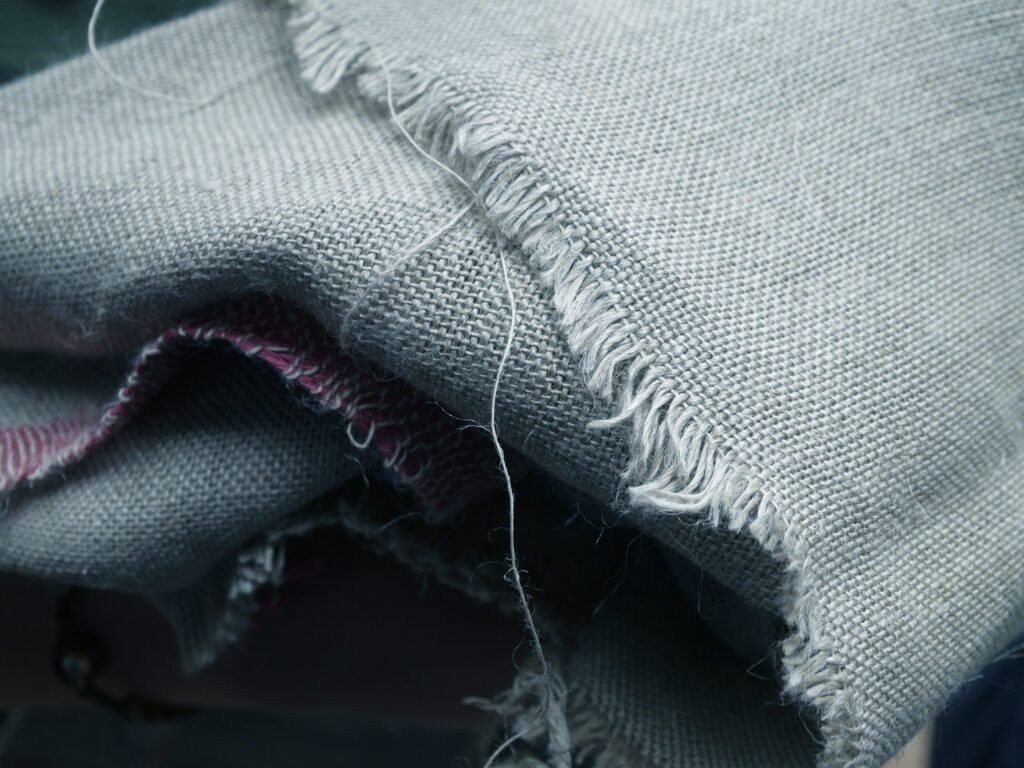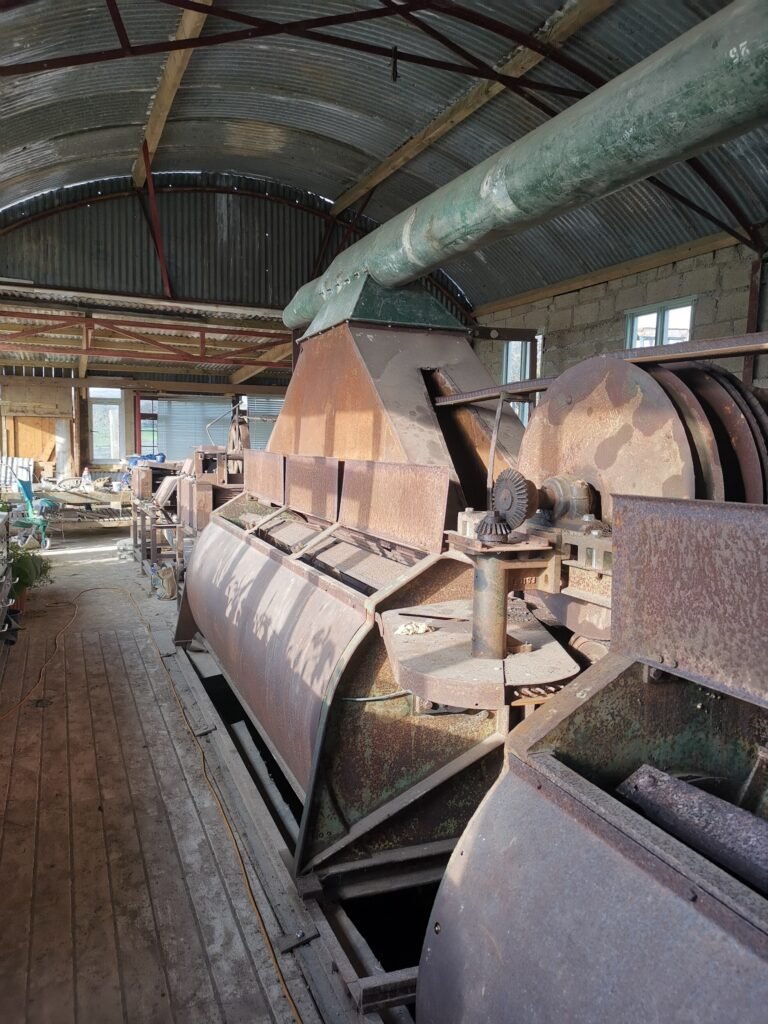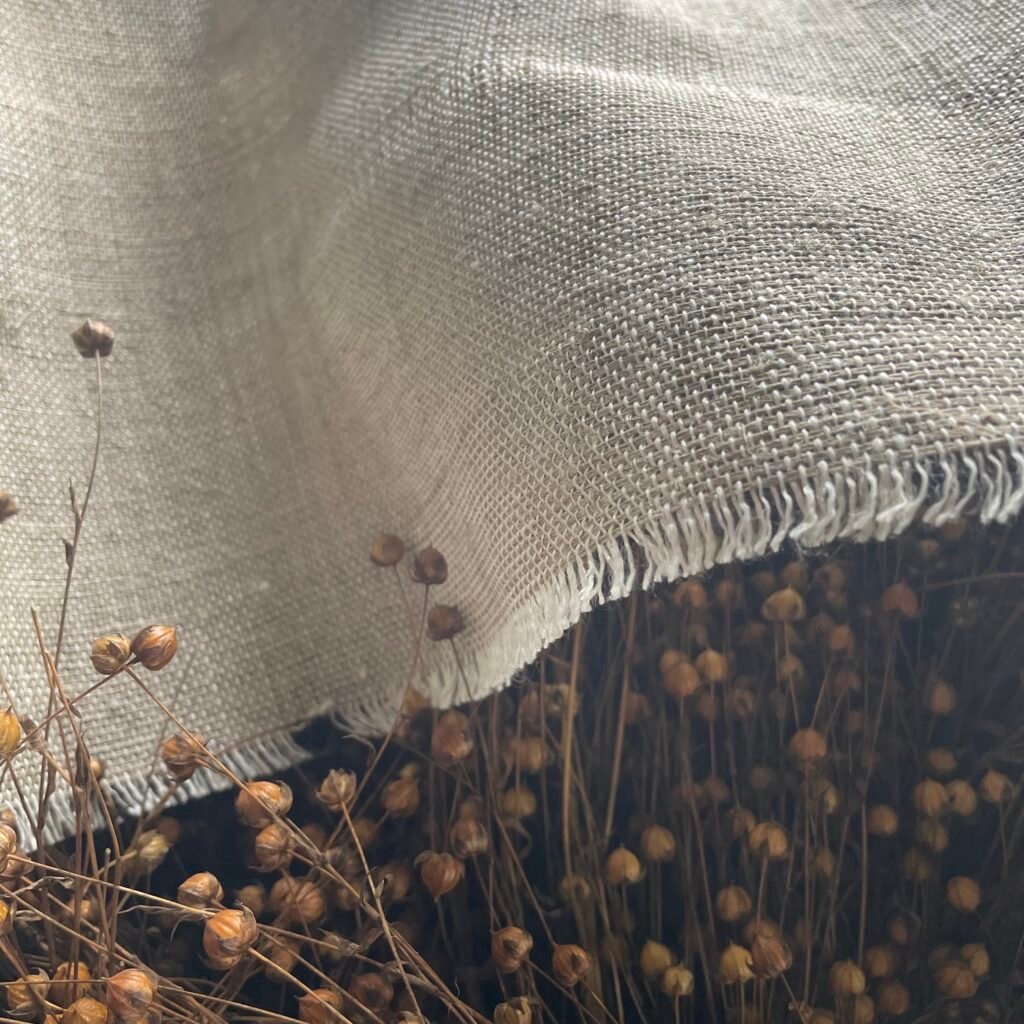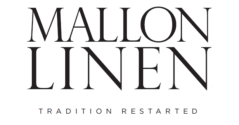

When and why did Northern Ireland’s capital city, Belfast, become known as ‘Linenopolis’? Linen production was once a huge industry across the entire island of Ireland. It accounted for almost sixty per cent of Ireland’s exports by the end of the eighteenth century. Production moved from a domestic cottage industry and became industrialised during the 19th century. By 1868, there were over fifteen thousand power looms operating in the Belfast area.
It was around this time that Belfast earned the nickname of “Linenopolis”, at the same time gaining a reputation as a world leader in linen manufacturing.

The shape and size of Belfast was strongly influenced by the linen industry. Buildings such as linen mills, warehouses and housing for the workforces are scattered throughout. The bulk of linen manufacture went on in the west of the city however, small factories and warehouses stayed close to the old White Linen Hall, which is where the City Hall stands today.
Today, Belfast still references this linen heritage, from its street names to symbols of the industry contained in the architecture. The vibrant Linen Quarter is packed with bustling restaurants, bars and cultural venues. Right in the centre of Belfast, facing the City Hall, you will find the beautiful Linen Hall Library. Once a linen warehouse, it is now the oldest library in the city.

There are plenty of other buildings too, steeped in the rich history of “Linenopolis”. For example, the terrace houses that sprang up beside the mills for the workforce, like those found in the village of Edenderry in south Belfast.
From rope made using the short tow fibres of the flax plant, to the finest damask linen and the innovative machines for processing, Northern Ireland was once famous for creating products that were in demand the world over. Indeed, the flax plant played such an important part of this country’s agricultural and industrial heritage that six stems in bloom form the logo for the Northern Ireland Assembly at Stormont. Each stem represents a county of Northern Ireland.
